#baroque music
Text
Christoph Graupner (1683-1760) - Concerto for 2 Flutes, Strings and Basso continuo in e-minor, GWV 321, II. Alla breve. Performed by Siegbert Rampe/Nova Stravaganza on period instruments.
#christoph graupner#baroque#classical music#concerto#orchestra#flute#period performance#period instruments#double concerto#flutist#flautist#strings#string orchestra#baroque music#rarely performed composers#woodwinds#band
15 notes
·
View notes
Photo

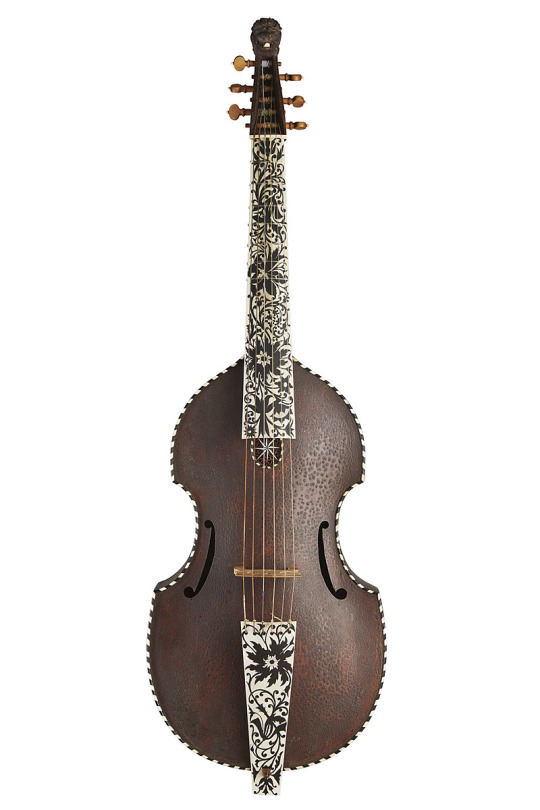
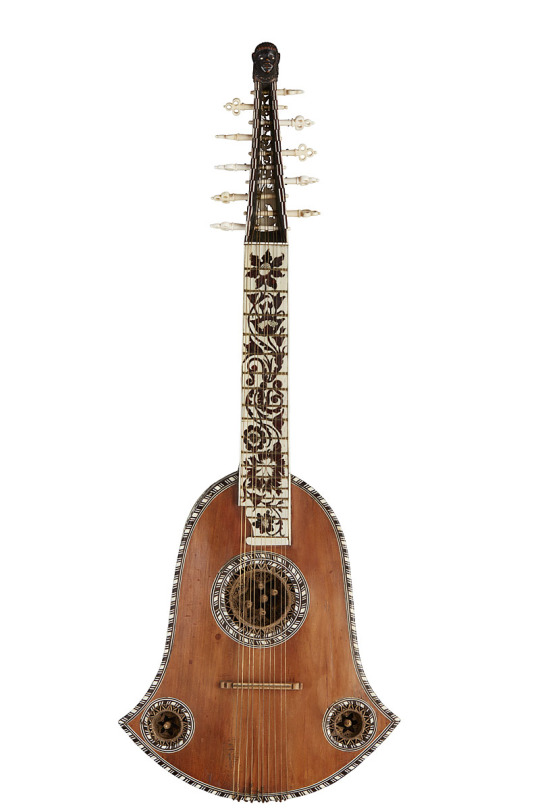
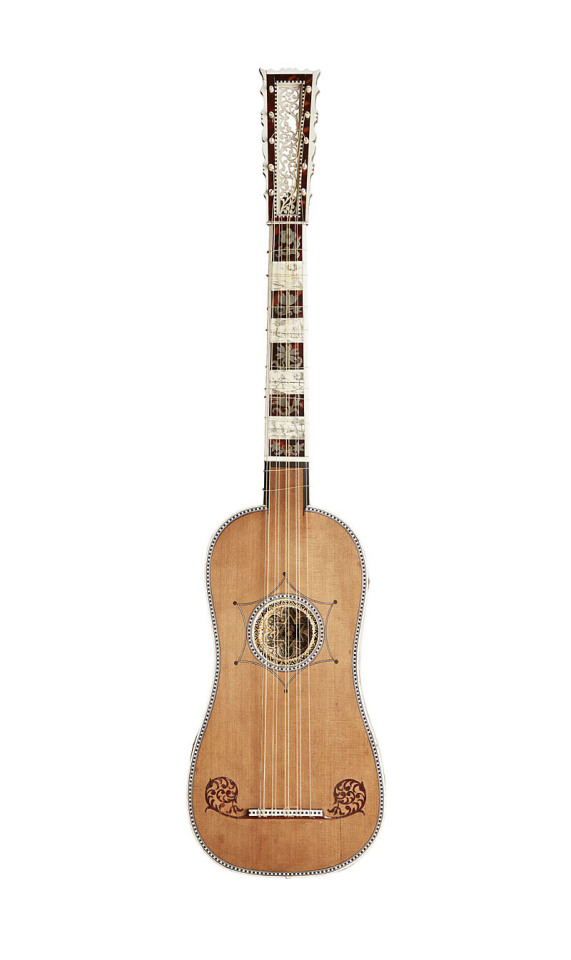

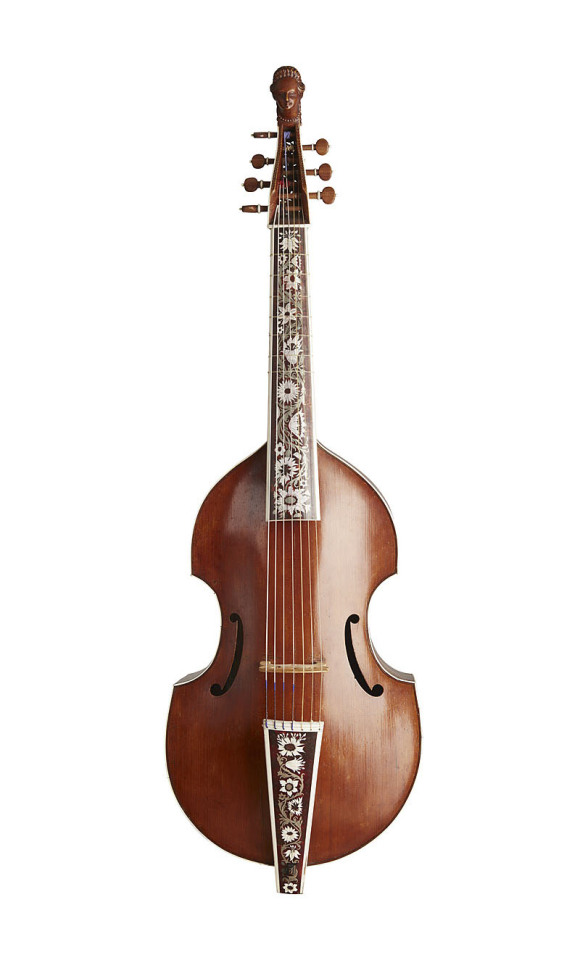
Joachim Tielke, musical instruments, 1688–1703. 1/ 2 Viola da Gamba 3/ Bell cistern 4/ Guitar 5/ Angelique 6/ Viola da gamba, seven strings. Hamburg, Germany. Via MKG
#Musical instrument music#instrument making#17th century#baroque#baroque music#german design#string instruments#string instrument#gamba#bass viol#1000 likes
6K notes
·
View notes
Text
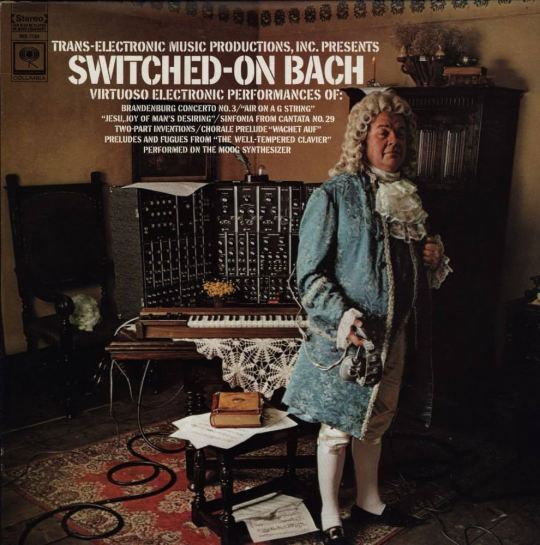
#Electronic#Moogsploitation#Baroque Music#Film Score#Progressive Electronic#Film Soundtrack#1960s#1970s#USA#poll
370 notes
·
View notes
Note
i saw your tag about how in 500 years we WON'T be calling britney spears' "toxic" classical music, and i am willing and able to hear this rant if you so wish to expand upon it :3c
You know what, it's been over six months, so sure, why not, let's pick today to have this rant/lesson!
To establish my credentials for those unfamiliar Hi my name's Taylor I was a music teacher up until last year when the crushing realities of the American Education SystemTM led me to quit classroom work and become a library clerk instead. But said music teaching means that I have 4+ years of professional classical training in performance and education, and while I'm by no means a historian, I know my way around the history of (european) music.
So, now that you know that I'm not just some rando, but a musical rando, let me tell you why we won't be calling Britney Spears or [insert modern musician(s) that'd be especially humorous to today's audience to call classical] "classical music."
The simple answer is that "Old music =/= Classical music," which is usually the joke being made when you see this joke in the first place.
youtube
As funny as this joke can be when executed well (this is one of my favorite versions of said joke, especially since this is a future world where there's very little accurate surviving info about the culture from the 21st century), there is VERY little likely of this actually being how music from today is referred to in the future, because, again, music being OLD does not automatically make music CLASSICAL.
If you'd indulge me a moment, have a look at these three pieces from the early 1900s, which is now over 100 years ago. That's pretty old! You don't have to listen to the whole of all of them if you don't want to, but give each around 30 seconds or so of listening.
youtube
youtube
youtube
All three pieces are over 100 years old, but would you call "In the Shade of the Old Apple Tree" classical? Or "The Entertainer?" Most likely not. You'd probably call these songs "old timey" and you may even be savvy enough to call "The Entertainer" by it's actual genre name, ragtime. But if either of these songs came on the radio, you wouldn't really call them classical, would you? They're just old.
Whereas Mahler's Symphony No. 5, now that sounds like classical music to you, doesn't it? It's got trumpets, violins, a conductor, it's being played by a philharmonic! That's a classical musicy word!
The short answer of why we in the real, nonfictional world won't be calling Britney Spears's "Toxic" classical music in 100 years is it simply doesn't sound like classical music.
.....and the long answer is that Mahler's Symphony No. 5 isn't actually classical either.

See, music, just like everything in culture from dress to art to architecture changed with the times, and therefore 'classical music' is technically (although not colloquially) only one of about four to five musical periods/styles you're likely to hear on one of those "classical music tunes to study to" playlists.
Our dear friend Mahler up there was not a classical composer, he was a composer of the late romantic era.
So now, because I have you hostage in my post (just kidding please don't scroll away I had a lot of fun writing this but it took me nearly 3 hours) I'm going to show you the difference between Classical music and the other musical eras.
These are the movements we'll be dealing with, along with the general dates that define them (remembering of course that history is complicated and the Baroque Period didn't magically begin on January 1st, 1600, or end the moment Bach died) :
The Baroque Period (1600-1750)
The Classical Period (1750-1820)
The Romantic Period (1820-1910)
The Impressionist Movement (1890-1920)
You'll notice that as time goes on, the periods themselves grow shorter, and there starts to become some overlap in the late 19th to early 20th century. The world was moving faster, changing faster, and music and art began changing faster as well. Around the beginning of the 20th century music historians quit assigning One Major style to an entire era of history and just started studying those movements themselves, especially since around the 20th century we were getting much more experimentation and unique ideas being explored in the mainstream.
Even the end of the classical to the beginning of the romantic period can get kind of fuzzy, with Beethoven, arguably one of the most famous classical (and yes he was actually classical) composers in history toeing the line between classical and romantic in his later years. The final movement of his 9th symphony, known as Ode to Joy, far more resembles a romantic work than a classical one.
But, I'm getting ahead of myself.
To oversimplify somewhat, here are the main characteristics of said movements:
The Baroque Period (1600-1750)
Music was very technical and heavily ornamented. This coincided with a very "fancy" style of dress and decoration (the rococo style became popular towards the latter half of this period). The orchestras were far smaller than we are used to seeing in concert halls today, and many instruments we consider essential would not have been present, such as the french horn, a substantial percussion section, or even the piano*. Notable composers include Vivaldi (of the Four Seasons fame), Handel (of the Messiah fame) and Bach:
youtube
*the piano as we know it today, initially called the pianoforte due to its ability to play both softly (piano) and loudly (forte) in contrast to the harpsichord, which could only play at one dynamic level, was actually invented around 1700, but didn't initially gain popularity until much later. This Bach Concerto would have traditionally been played on a harpsichord rather than a piano, but the piano really does have such a far greater expressive ability that unless a group is going for Historical Accuracy, you'll usually see a piano used in performances of baroque work today.
The Classical Period (1750-1820)
In the classical period, music became more "ordered," not just metaphorically but literally. The music was carefully structured, phrases balanced evenly in a sort of call and response manner. Think of twinkle twinkle little star's extremely balanced phrasing, itself a tune that Mozart took and applied 12 classical variations to, cementing it in popularity.
And speaking of twinkle twinkle, memorable melody became more important to the composition than ornamentation, and many of our most universally known melodies in the west come from this period. The orchestra also grew bigger, adding more players of all kinds as now we didn't have to worry about overpowering the single-volume harpsichord, and additional instruments like more brass and woodwinds were added. Notable composers include Haydn (of The Surprise Symphony fame) Beethoven (of, well, Fame), and Mozart:
youtube
Pay attention to the size of the orchestra here, then go back to the Bach concerto. Notice how in that very typical Baroque setting, the orchestra sits at maybe 20 people, and that here in a Classical setting, there's nearly two times that!
The Romantic Period (1820-1910)
In the romantic period, it was all about BIG FEELINGS, MAN. It was about the DRAMA. Orchestras got even bigger than before, the music focused less on balance and became more dramatic, and there was a big focus on emotions, individualism, and nationalism. Discerning listeners will notice a lot of similarities between romantic symphonies and modern film scores; John Williams in particular is very clearly influenced by this era, any time I'd play the famous Ride of the Valkyries by Wagner in a class, the kids would remark that it sounds like it should be in Star Wars.
A lot of romantic composers were German, including Beethoven, if you want to call his later works romantic (which I and many others argue you can, again, compare Ode to Joy to one of his earlier works and you can hear and see the difference), but you also have the Hungarian Liszt (of the Hungarian Rhapsodies fame), the Russian Tchaikovsky (of the Nutcracker and 1812 Overture fame), and the Czech Dvořák:
youtube
See how this orchestra is even bigger still? Modern orchestras tend to vary in size depending on what pieces they are playing, but the standard is much closer to this large, romantic size, and it's far less typical to see a small, intimate Baroque setting unless specifically attending a Baroque focused concert.
Also I know I embedded Dvořák because Symphony From a New World slaps but please also listen to Liszt's Hungarian Rhapsody No.2 it's one of my all time favorite pieces and NOT just because of the Tom and Jerry cartoon, alright? Alright.
The Impressionist Movement (1890-1920)
A bit after it began but definitely still during the romantic period, a counter movement began in France that turned away from the emotional excess of romanticism and focused less on standard chord progression and explored more unconventional scales. This music was less worried about how it 'should' sound and was more concerned with evoking a certain emotion or image, giving you an "impression" of an idea. Debussy is by far the most well known name in this movement, even though he personally hated the term 'impressionism,' lol.
youtube
Notice the way the periods build on each other naturally, literally, physically builds on the orchestras that came before, evolving in style and structure until you get to the late 19th and early 20th century when things were built up so big that a response to that excess started to develop, first in the impressionist movement, and then into 20th century music in general, which got much more experimental and, as we say, "weird." (frickin 12 tone scales, man)*
*i do not actually dislike the sound of 12 tone, it's interesting and unique, but it is HELL to analyze in music theory, which is unfortunately when a lot of us classical musicians are first introduced to it, therefore tarnishing our relationship to the genre as we cannot separate it from our own undergrad anguish
Even if you're not a super active listener and you have a harder time discerning the difference between, say, late baroque and early classical, you cannot deny that the first piece I've linked by Bach and the last piece I've linked by Debussy sound completely different. They're both orchestral pieces (I intentionally chose all orchestral pieces as my examples here, getting into solo works, opera, and chamber ensembles would take too long), but other than that, they couldn't be more different.
Wait, so what are we talking about again?
Classical Music is first a period of music, a specific artistic movement with music typically written in Europe between 1750 and 1820 with a specific sound that is distinct from these other styles I've outlined here.
And Classical Music is second a genre. Because while academically and historically Baroque music is not classical, and Romantic music is not classical...colloquially it is. They sound similar enough that it makes sense to put them on the same playlists, the same radio stations, the same 'beats to study to' youtube compilation videos. While individuals may have favorites and preferences, it's not far fetched to say that if you like listening to one of these styles, you'll at least like one of the others.
But whether you're being broad and referring to our modern idea of the classical genre, or you're being pedantic like me and referring to a specific period of musical history (or modern compositions emulating that style, because yeah, modern compositions of all of theses styles do exist), I think we can all agree that, as much as it slaps, "Toxic" by Britney Spears is not classical music, and 500 years is unlikely to change our perspective of that.
A Traditional Ballad though?
Yeah, I can see us calling it that in 5 billion years.
youtube
(the full version of this scene is age restricted for some reason, but you can watch it here)
Anyway, thanks for reading y'all, have a good one!
#music#music theory#music history#classical music#baroque music#romantic music#impressionist music#music teacher#music teaching#taylor teaches#asks and answers#long post
181 notes
·
View notes
Text

Dipping a toe into baroque opera
#opera#georg friedrich händel#george frideric handel#baroque opera#baroque music#1723#the 1720s#Flavio#Handel#Händel
111 notes
·
View notes
Text
youtube
J.S. Bach - Orchestral Suite no.3 in D Major, BWV 1068 (c.1730)
I want to say I was listening to this one in my rocking chair next to my books on music. Or with wine and cheese at someone's party. No, I put this on while I washed the dishes. I thought I'd share my old post on this same piece but realized that I'd never written about this suite. And I don't have anything profound or introspective to say about it. It made taking down this mountain if dirty dishes feel like a grand accomplishment. It's a reminder that this music was written for the audience to enjoy. It doesn't have to be treated like music theory homework. That being said, I do like looking at the history of the orchestral suite, which would develop into the symphony. What can we hear from Bach's Proto-Symphony no.3? The Orchestral Suite was a carryover from France's Ouvertures. It would start with a slow section to draw in the audience, and then a lively counterpunctual exercise. After the "heavier" opening movement, the rest of the pieces are light dances, galanteries (minuets, bourrées, courantes, sarabandes, gavottes, allemandes, gigues, etc.). Because the German political elite had a taste for French art, they would have music played during their banquets and parties. Bach had no real interest in this kind of music (which would be a decent income source) because he was already dedicated to writing church music. But what few he did leave behind (we only have four Orchestral Suites attributed to him) sounds like great party music. The Suite in D Major is scored for 3 trumpets, timpani, oboes, violins, viola, basso continuo, giving it a louder sound than the others. The Ouverture starts with the slower grand statement announced by the trumpets and timpani. As you'd expect from Bach, this opens into a counterpunctual explorations of the melodies that developed out of the opening, but with the vibrancy of Vivaldi's fast paced concertos. The ending section cuts back and ends with a more subdued coda. The Air of this suite has stuck in our culture through films and TV, popular for its beautiful melodies. I remember first hearing it in the most ironic example I know; played during the library scene in Seven (or "Se7en") from the 1995 film. The ugliness and depraved misanthropy in the film is contrasted for a moment by the idealized "beautiful music" by an idealized "Great Composer". I thought it was showing the spectrum of human minds, that the "greatest" Baroque composer comes from the same human family as a lunatic serial killer using the Christian "Seven Deadly Sins" for gruesome punishments against his victims. Listening to it now I think it's fascinating that someone could have been touched or moved by the gorgeous Aria without words Bach wrote for whatever party or occasion, and she would have no idea that the same music would be heard again as so many of these festival pieces were back then. The latter dances show off the trumpets to make each one boisterous and lively. Two Gavottes with heavy emphasis on the beat, an upbeat Bourrée, and ending on the always fun and swaying Gigue. Of these dances I think I love Bach's gigues the most because they're always densely woven with his long waves of counterpoint across each instrument to create a dance that makes me think of old pub drinking songs or sailors dancing and drinking at sea. Another reminder that this music is supposed to be fun and enjoyable for anyone, and you can turn your own living room into an 18th century court for fun.
Movements:
Ouverture
Air
Gavotte I/II
Bourrée
Gigue
#Bach#J.S. Bach#Johann Sebastian Bach#Orchestra#Orchestral Suite#suite#music#classical#baroque#orchestra music#classical music#baroque music#Bach Orchestral Suite#French Ouverture#Air on the G string#Air#Bourree#Gigue#Gavotte#Youtube
19 notes
·
View notes
Text
🏴☠️🎻
#rain posts#rain.music#pirates of the caribbean#viola da gamba#baroque music#musician#musicians on tumblr#musicians of tumblr#soundtrack cover#music cover
22 notes
·
View notes
Text
#vivaldi#antonio vivaldi#music#classical music#baroque music#polls#this one goes out to ctl#nerds <3
123 notes
·
View notes
Text
youtube
Henry Purcell (1659-1695) - An Epithalamium
Lyda van Tol, Soprano; Kees de Wijs, Organ
18 notes
·
View notes
Text

day 2/30 days of sight reading
well that escalated quickly... i'm not used to baroque music structure at all - melody switches to the left hand at bar 7 and whenever i wanna ornament a note (even if in the left hand), my brain automatically thinks right hand AND THEN in bar 9 (too soon imo 😭) the melody starts switching between left and right and left and right and my brain has to keep switching modes and there's like, different phrasings going on in each hand (which can ALSO be confusing to figure out when there's no phrase lines) and do you feel my confusion? 😂 it's pretty tho, once i figure out how to coordinate my hands 👐 (i'm not there yet tho XD there's soooooo many levels of coordinated and i'm at level 1 XD)
#30 days of sight reading#30 days of practice#30 days of studying#30 days of productivity#musicblr#studyblr#piano practice#music student#studyspo#classical music#classical piano#bach#baroque music#johann sebastian bach#heyharri#heyfrithams#heydilli#heyzainab#astudentslifebuoy#mittonstudies#music studyblr
46 notes
·
View notes
Text
Antonio Vivaldi (1678-1741) - Concerto for Violin, Strings and Basso continuo in E-flat Major, RV 251, III. Allegro. Performed by Giuliano Carmignola, violin, and Andrea Marcon/Venice Baroque Orchestra on period instruments.
#antonio vivaldi#baroque#classical music#violin#orchestra#period performance#period instruments#baroque music#violin concerto#concerto#violinist#strings#string orchestra#vivaldi
91 notes
·
View notes
Text

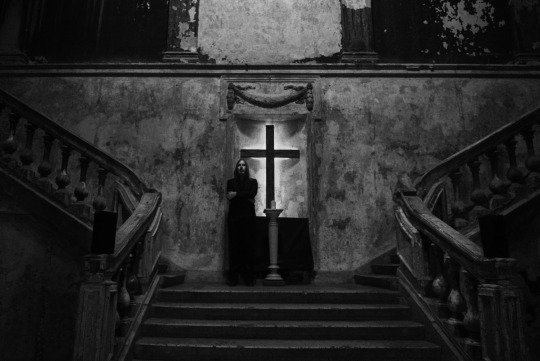
Josef Van Wissem
#josef van wissem#only lovers left alive#liute#baroque music#goth music#goth aesthetic#gothstyle#romantic goth#goth#gothic#gothgoth#gothcore#trad goth#goth men#dark music#gothic church#church#christiancore
98 notes
·
View notes
Text
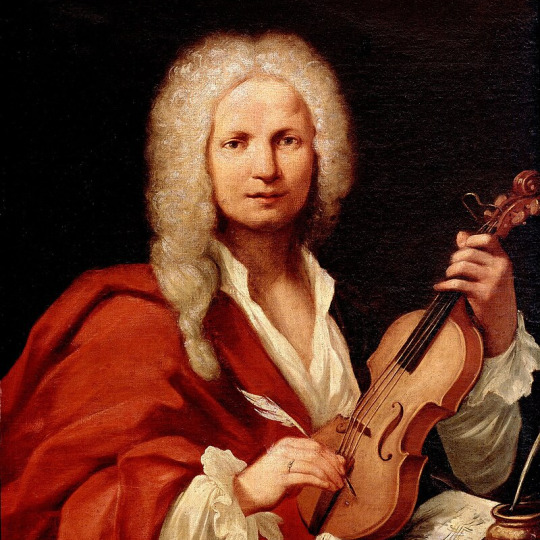
#Baroque Music#Concerto#Chamber Music#Choral#Christian Liturgical Music#1710s#1720s#Italy#Austria#poll
190 notes
·
View notes
Text
(Possibly) controversial opinion of the day: while The Four Seasons is Vivaldi's best-known set of concerti by far, L'Estro Armonico is his greatest. Especially Concerto No. 8 in A Minor (RV 522), which is absolutely god-tier and one of my favorite compositions from the Baroque.
32 notes
·
View notes
Text
VIVALDI | Gloria à 4 con Istromenti | RV 589 in D major | Original manus...
youtube
13 notes
·
View notes
Text
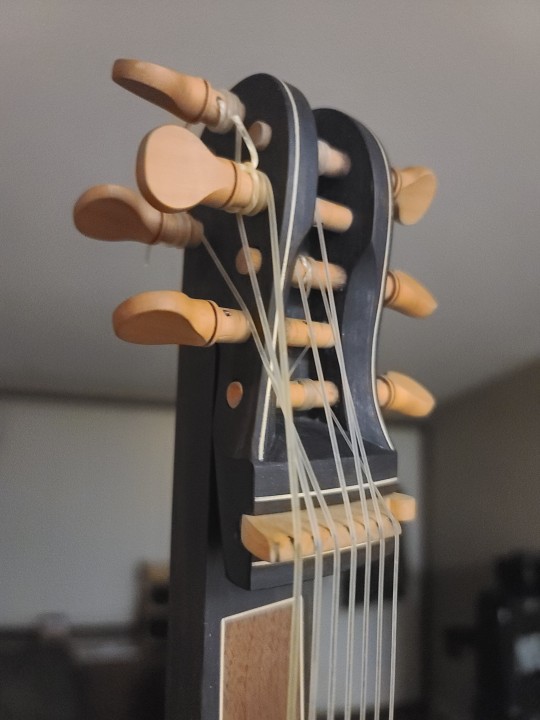
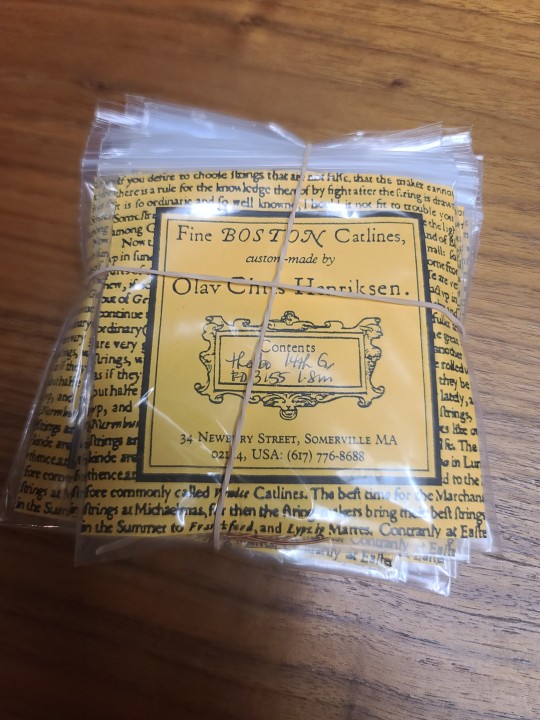

No guts no glory
9 notes
·
View notes